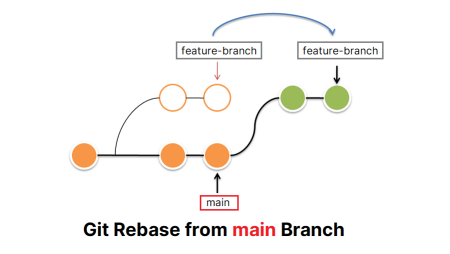Git is an essential tool for developers, enabling efficient code versioning, management, and collaboration. One of the key aspects of working with Git is sharing local branches with remote repositories, allowing multiple team members to contribute to the same project.
In this article, we will provide a comprehensive guide to pushing new local branches to remote Git repositories, making collaboration more effective and streamlined.
Step 1: Create a New Local Branch
Before you can push a new local branch to a remote repository, you must first create the branch. To do this, use the git checkout command with the -b flag, followed by the new branch’s name:
git checkout -b new-feature-branch
Replace ‘new-feature-branch’ with the desired name for your new local branch.
Step 2: Commit Your Changes
Once you have created the new local branch, make the necessary changes to your project files. After making your changes, use the `git add` and `git commit` commands to stage and commit your changes:
git add .git commit -m "Your commit message"
Replace ‘Your commit message’ with a meaningful description of the changes you made.
Step 3: Verify the Remote Repository
Before pushing the new local branch to the remote repository, it’s essential to verify the remote repository’s URL. To do this, use the following command:
git remote -v
This command will display the list of remote repositories connected to your local repository, including their URLs.
Step 4: Push the New Local Branch to the Remote Repository
To push your new local branch to the remote repository, use the git push command, followed by the remote repository’s name (usually ‘origin’) and the new local branch’s name:
git push -u origin new-feature-branch
Replace ‘new-feature-branch’ with the actual name of your new local branch.
The -u flag (or --set-upstream) sets the upstream tracking reference for the new local branch, allowing Git to track the relationship between the local and remote branches. This makes it easier to sync changes between the local and remote branches in the future.
Step 5: Verify the New Remote Branch
After pushing the new local branch to the remote repository, it’s essential to verify that the remote branch was created successfully. To do this, use the following command:
git branch -r
This command will display the list of remote branches, including the newly created one. You should see an entry like this:
1 | origin/new-feature-branch |
Conclusion
Pushing new local branches to remote Git repositories is an essential skill for developers collaborating on projects. By following these simple steps, you can share your new local branch with your remote repository, making it easier for your team members to contribute to the project. Remember always to verify the remote repository and the new remote branch to ensure a smooth collaboration process. By mastering these techniques, you’ll be well on your way to more efficient Git collaboration and streamlined development workflows.

